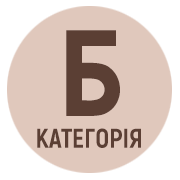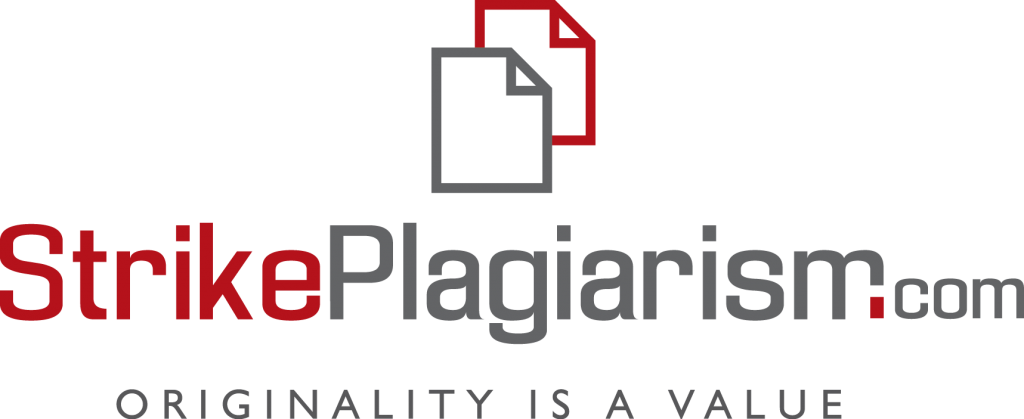USER-CREATED MEDIA CONTENT AS A METHOD OF FORMING UKRAINIAN-SPEAKING PROFESSIONAL AND COMMUNICATIVE COMPETENCE FOR STUDENTS IN TECHNICAL SPECIALTIES
DOI:
https://doi.org/10.32782/2412-9208-2025-1-63-73Keywords:
ukrainian-speaking professional and communicative competence, future specialists in technical specialties, media content, user-created media contentAbstract
In this scientific article the author analyzes the opinions of scholars about transformations and functioning of media content in the digital age, user contents, philosophical approaches to the media content study, models of involving an active audience in media production processes and many other aspects. Having studied these aspects the author defines the concepts ‘media content’ and ‘user-created media content’; considers the possibility and advantages of involving students in the creation of custom media content as a method forming the Ukrainian-speaking professional and communicative competence for students in technical specialties, which stimulates the creative activity of students and makes it possible to increase interest in the discipline ‘Business Ukrainian’; proposes the course ‘Business Ukrainian’ for students of technical specialties aimed to form and improve their Ukrainian-speaking professional and communicative competence. This phenomenon is presented as a personal quality of future specialists, their ability to use a set of acquired language knowledge and speaking skills effectively in educational and professional activity in accordance with the norms of the modern Ukrainian literary language. The author determines the components of the Ukrainian-speaking professional-communicative competence of future specialists in a technical specialty (communicative, motivational, value-oriented, general cultural, intellectual-mental and professional-technical) and the methodological approach to its formation (competence-based approach). It is emphasized the necessity to find modern and effective methods of forming students’ speaking competence, due to it will stimulate their cognitive, emotional and practical activity, as well as increase their motivation to study. The main recommendations are offered for students in order to design the user-created media content as an educational task and an example of systematization of similar works on Instagram.
References
Горська К. О. Медіаконтент цифрової доби: трансформації та функціонування: дис. ... д-ра наук із соц. комунікацій : 27.00.01. Київ, 2016. 449 с.
Проникнення інтернету в Україні. Дослідницький холдинг «Factum Group Ukraine». 2019. URL: https://inau.ua/sites/default/files/file/1910/dani_ustanovchyh_ doslidzhen_iii_kvartal_2019_roku.pdf
Садівничий В. О. Типи, види та особливості подачі контенту крос медіа. Крос-медіа: контент, технології, перспективи : колективна монографія. Київ, 2017. 234 с.
Ягупов В. В. Педагогіка: навч. посібник. Київ : Либідь, 2002. 560 с.
Huang Ch., Shen Y., Lin H., Chang S. Bloggers’ motivations and behaviors: A model. Journal of Advertising Research. 2007. № 47 (4). P. 472–484.
James Lovelock The Ages of GAIA. New York. 1988. 248 p.
Matikainen, J., Villi M. Mobiilit mediasisällöt: Sisältöjen tuottaminen, jakelu ja kulutus sosiaalisessa mediassa. Viestinnän tutkimusraportteja. 2013, No. 3. URL: http://blogs.helsinki.fi/crc-centre/files/2013/12/Mobiilit_mediasisallot_web.pdf
Nuxoll K. What Motivates People to Participate in Online Communities? URL: http://newassignment.net/blog/kelly_nux-oll/dec2006/15/hat_motivates_p.
Stribbling L. Scott M. Media literacy from the perspective of broadcasters and user generated content producers around the world. Prepared for UNESCO. London, 2008. 58 р.
Vunsch–Vincent S. Participative Web: User–created Content.Sacha Wunsch– Vincent and Graham Vickery. OECD Directorate for Science. Technology and Industry. 2007. 74 p.






